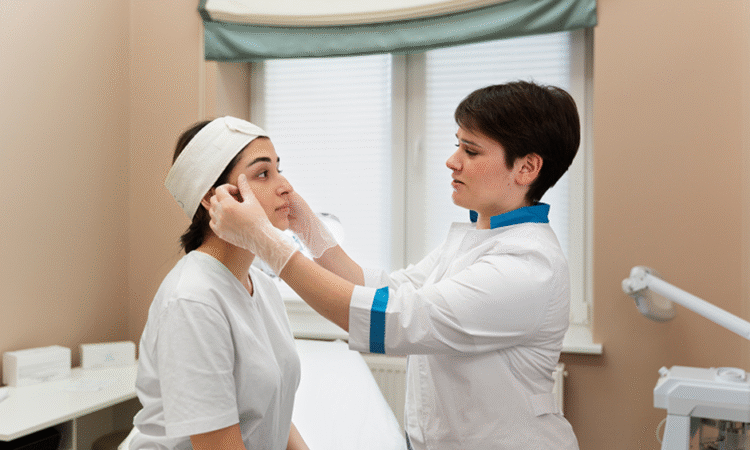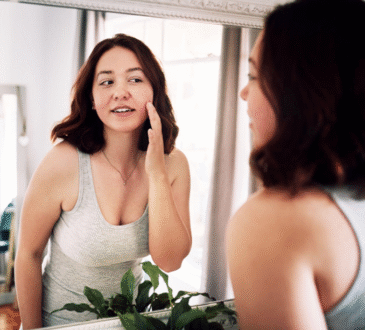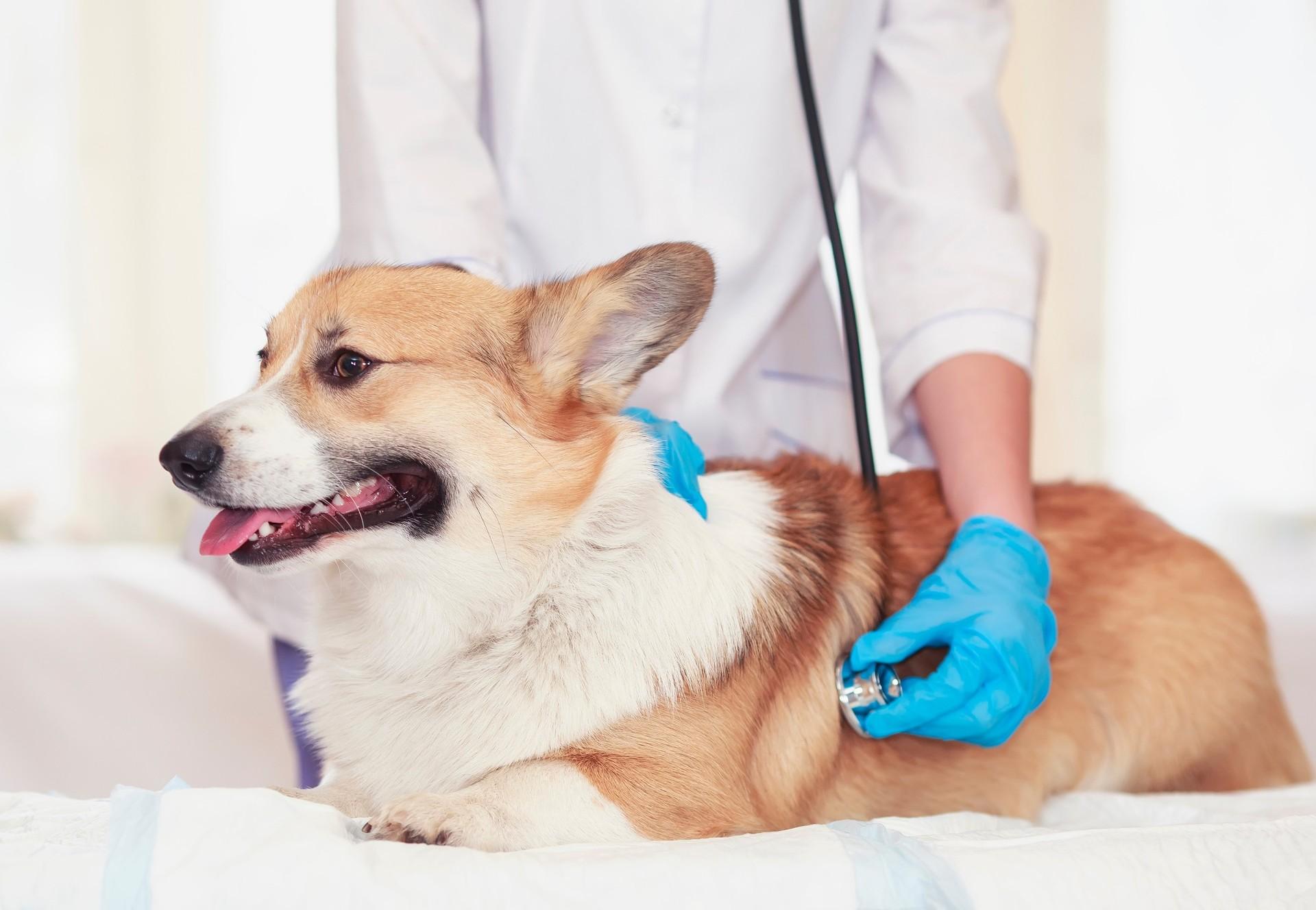
Pitted acne scars and syringoma are different concerns that sometimes appear together. One relates to volume loss within the skin, the other to small sweat duct tumours that form bumps. Clear separation matters because pitted scar treatment focuses on releasing tethering and supporting collagen, while care for syringoma targets the reduction of lesions with surface precision. This list sets out practical steps to plan, stage, and maintain results without overloading the skin or schedule.
Start With Accurate Identification
Ask for a structured assessment that distinguishes scar type, depth, and location from benign sweat duct growths. Ice pick, boxcar, and rolling scars behave differently from clustered papules near the eyelids. Correct naming guides safe technique selection, fee estimates, and aftercare timings, and reduces frustration from mismatched expectations.
Map Zones And Priorities
Create a simple face map that marks pits, rolling troughs, and suspected syringoma clusters. Sort zones into urgent and deferrable categories. This helps you stage sessions, schedule time off, and pair focal work with field approaches. It also avoids treating sensitive eyelid skin on the same day as deeper facial releases.
Prepare The Barrier Gently
Four to six weeks of barrier care support recovery. Use fragrance-free cleanser, non-comedogenic moisturiser, and broad-spectrum sunscreen. If tolerated, add retinoid or azelaic acid on alternate nights to support turnover. Pause active products several days before energy devices or chemical reconstruction, as instructed by your clinician.
Choose Focal Methods For Narrow Pits
Tight, deep defects benefit from targeted techniques. Chemical reconstruction of skin scars, focal punch tools, and meticulous subcision address depth or tethering. A small volume filler may be used as a spacer after release. Expect local bruising and short downtime. Photograph progress under the same light to keep records objective.
Use Field Treatments For Texture Spans
When irregularity stretches across wider areas, fractional lasers or radiofrequency microneedling can be considered. Settings should reflect skin tone and work schedule. Alternating field sessions with focal work prevents cumulative irritation and allows realistic pacing. Review intervals regularly to keep momentum without rushing healing.
Treat Syringoma With Precision
Syringoma often sit superficially and cluster around the lower eyelids. Treatment focuses on controlled lesion reduction using electrosurgery, ablative pixels, or needle-based energy under magnification. Work is conservative near the eyes to protect structures and avoid pigment change. Staged sessions limit swelling and help assess response carefully.
Protect Pigment After Every Session
Pigment shifts follow heat, inflammation, and sun. Daily sunscreen, hats, and shade reduce risk in the weeks after procedures. Choose bland moisturisers and avoid fragranced cosmetics. If redness persists, discuss short-term barrier creams. Early attention to irritation lowers the chances of post-inflammatory darkening or extended sensitivity.
Sequence Sessions To Reduce Clashes
Plan separate days for eyelid syringoma work and deeper cheek resurfacing. Leave adequate space between subcision, energy devices, and any filler placement. A shared calendar with notes on comfort, swelling, and flaking helps you and your clinician time the next step. Thoughtful spacing preserves momentum and safety.
Maintain Acne Control If Breakouts Persist
Ongoing breakouts compromise texture gains. Consider simple routines with retinoids, benzoyl peroxide, or topical antibiotics as directed. Hormonal drivers may need additional evaluation. Keeping inflammation quiet reduces new marks and lowers the need for repeat field passes, which in turn shortens overall downtime across a plan.
Track Outcomes With Disciplined Photos
Standardise light, angle, hair position, and facial expression before each visit. Add brief notes on makeup return, shaving comfort, and any stinging with skincare. Objective tracking helps you judge real change rather than relying on memory. It also informs whether to extend intervals or switch techniques.
Plan Maintenance And Daily Habits
Set maintenance and expectations early. Minor topping up may be required after consolidation. Sleep, nutrition, and sunscreen help preserve gains and keep irritation and pigment change low.
Conclusion
Managing atrophic scars while addressing syringoma is achievable with clear identification, staged work, and consistent barrier care. Pitted scar treatment rewards patience, since collagen remodelling unfolds over months. Syringoma care prioritises precision and conservative passes near delicate areas. By mapping zones, sequencing appointments, and recording outcomes carefully, you can progress with fewer setbacks and steadier improvements over time.




